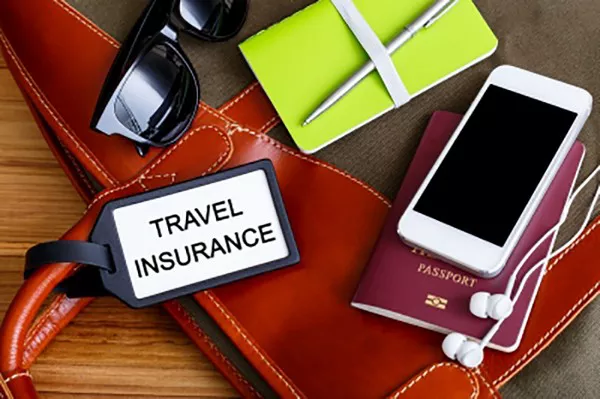When planning a trip, one crucial aspect to consider is travel insurance. It provides financial protection and peace of mind in case of unexpected events during your journey. However, determining how much travel insurance you should get depends on several factors. In this comprehensive guide, we’ll explore these factors to help you make an informed decision.
1. Destination and Travel Activities
High-Risk Destinations: If you’re traveling to a destination with a higher risk of natural disasters, political unrest, or health concerns, you may want more comprehensive coverage.
Adventure Activities: If your trip involves adventurous activities like hiking, skiing, or scuba diving, consider coverage for potential injuries related to those activities.
2. Trip Cost
Total Expenses: Calculate the total cost of your trip, including flights, accommodations, tours, and activities. Consider insurance coverage that at least matches this amount to protect your investment.
3. Duration of Travel
Trip Length: Longer trips may require more extended coverage, as there’s a higher chance of encountering unexpected issues over an extended period.
4. Health and Medical Needs
Existing Health Conditions: If you have pre-existing medical conditions, ensure your insurance covers them adequately.
Medical Coverage: Evaluate the level of medical coverage provided by the policy, considering the cost of medical treatment at your destination.
5. Cancellation and Interruption Protection
Cancellation: Consider coverage that reimburses non-refundable expenses if you must cancel your trip due to unforeseen circumstances.
Interruption: Coverage for trip interruption can be essential if you need to return home unexpectedly due to an emergency.
6. Baggage and Personal Belongings
Valuable Items: If you’re traveling with expensive electronics or valuable belongings, ensure your coverage includes protection for lost, stolen, or damaged items.
7. Travel Supplier Policies
Supplier Cancellation Policies: Check the cancellation policies of airlines, hotels, and tour operators. If they offer limited refunds, consider insurance that fills the gaps.
8. Budget and Risk Tolerance
Affordability: Determine how much you’re willing to spend on insurance premiums. Balance this with the level of coverage you’re comfortable with.
9. Existing Coverage
Home Insurance: Check if your home insurance or credit card offers any travel insurance benefits. You may not need duplicate coverage.
10. Special Considerations
Visa Requirements: Some countries require specific levels of travel insurance coverage as a condition for entry. Ensure you meet these requirements.
11. Group or Family Travel
Family Coverage: If traveling with family, consider policies that offer family coverage for cost-effectiveness.
Conclusion
The amount of travel insurance you should get is a personal decision that depends on various factors. Carefully assess your trip details, health needs, budget, and risk tolerance to determine the right level of coverage. Remember that travel insurance is an investment in your peace of mind and financial protection, ensuring that you can enjoy your trip with confidence, knowing you’re prepared for unexpected events. Always read policy terms and conditions carefully to understand the extent of coverage and consult with insurance providers for personalized guidance based on your unique travel plans.


